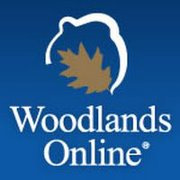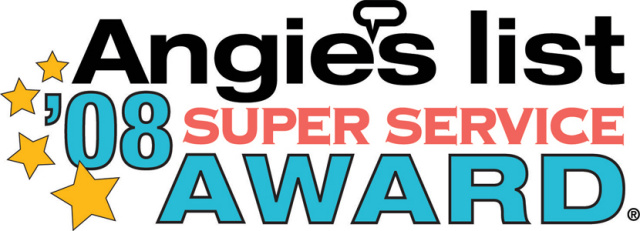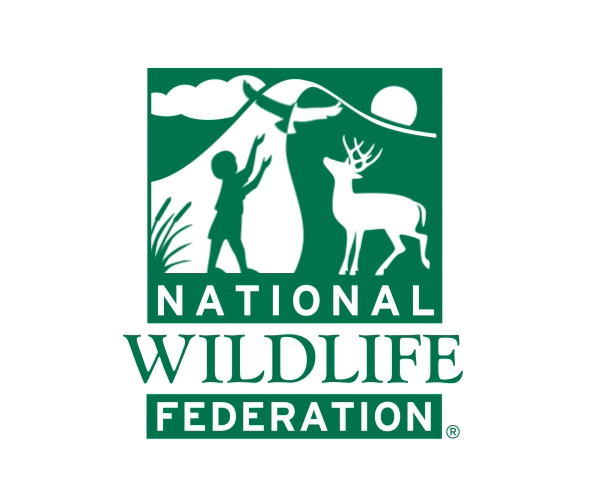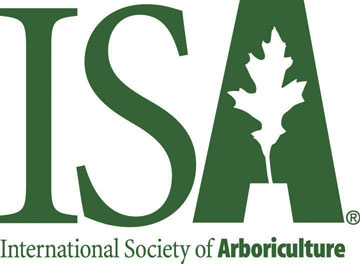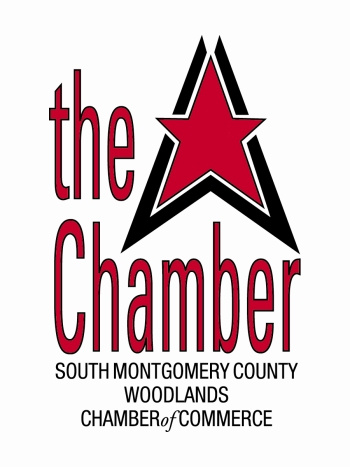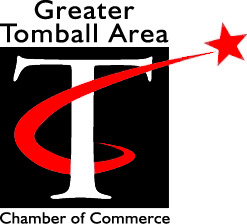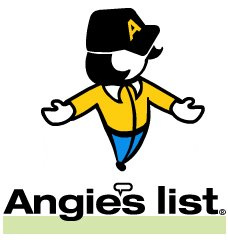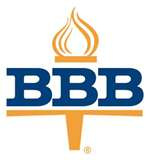Many tree owners are a bit mystified about the best way to care for trees or maybe what trees need beyond sun and rain. Different types of trees need different types of care but most all kinds flourish with correct fertilization. So how is fertilization done correctly?
Fertilization for a tree is similar to a vitamin boost for a human. It enhances overall health. Fertilization helps the tree ward off disease it helps it to guard againt pests and it gives it added strength in times when sunshine or rain is not at optimal levels. Trees in nature usually get the fertilization they need naturally. But trees planted in yards and kept as per your common HOA neighborhood rules probably will fail to get the advantages that come with the natural mulching which results from the breakdown of autumn leaves on the ground in winter. These trees are existing in a less-than-ideal environment and fertilization is critical to make up the difference for these trees.
Fertilizers are made of two general component classes macronutrients and micronutrients. Macronutrients commonly referred to as macrominerals are essentially nitrogen phosphorus and potassium. In fact the three numbers you'll see on any bag of fertilizer refers to these three main macronutrients. If you see a bag marked 30 - 20 - 10 it indicates that the fertilizer comprises 30 available nitrogen 20 available phosphorus and 10 potassium respectively. Fertilizer for fruit trees or blossoming trees will often require fertilizers that have higher concentrations of phosphorus and potassium since these macronutirents are especially beneficial to roots and fruit production. Microminerals are trace elements and different trace elements have different benefits for various varieties of trees. Microminerals include iron copper cobalt chromium and many others.
A proper tree fertilizer schedule is determined by the kind of tree but most trees that grow in Northern US zones are best fertilized between October and March. During the tree's dormant months the tree focuses its development underground. The tree will take the nutrient elements of the fertilizer and apply it to the general health of the tree and for root development. Fertilizing in late spring and summer nevertheless has other benefits. During growth months fertilization can stimulate new growth of the tree. If you do opt to fertilize in the summer however it is really important to pick a fertilizer that addresses the mineral requirements of the tree and keep clear of high nitrogen fertilizers. The nitrogen will stimulate growth for sure but the growth will lack the nutrients required and the tree will be more likely to suffer in winter.
The proper way to apply fertilizer? A good guideline is within the "drip line" circumference of the tree. That is to say fertilize out to the breadth of the longest branches. The roots extend quite a bit farther than the branch spread and while you aim to fertilize the entire root system you want to make sure that the tree gets the nutriments rather than competing root systems.
Always consult with your local tree nursery professional for detailed information that addresses the specific variety of tree you want to treat and the best fertilizer available for the tree. And fertilize regularly since a healthy tree is a gorgeous tree. Fertilize tree watch it flourish and enjoy it for years to come.


